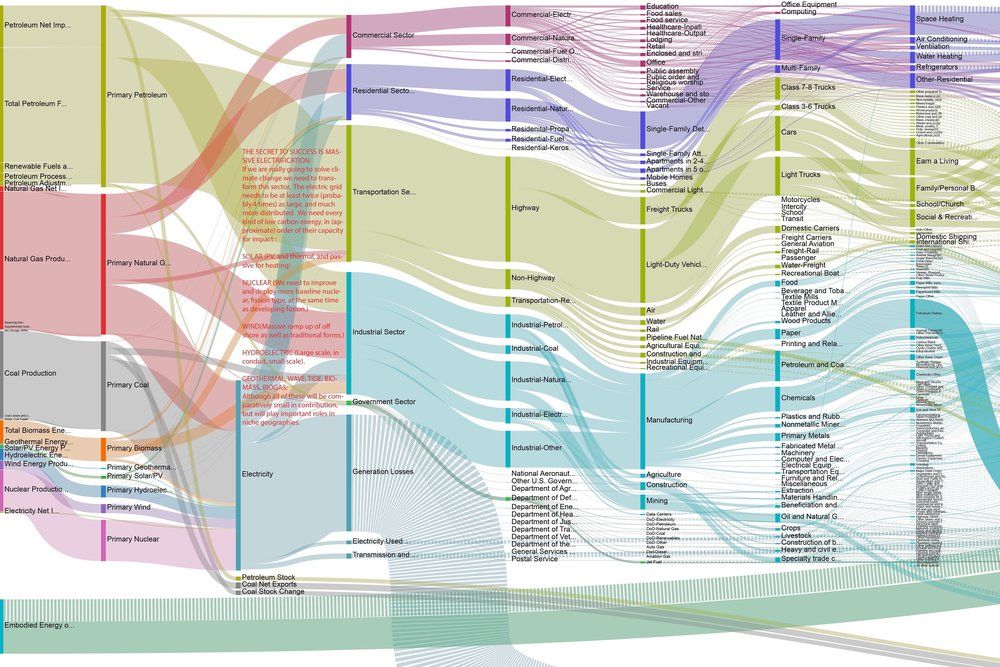I am fascinated and a bit obsessed by analytical tools. I believe they are extremely useful, not just in use, but in making them and making them better, so the newsletter and archive will include a gradually growing library of tools for use by subscribers and collaborators.
Some of them will be tools Resource Vision has created or contributed to, and others will useful and often universal tools, that will help understand and implement sustainability.
By tools I mean broadly any analytical mechanism that simplifies understanding and getting good outputs quickly and efficiently from inputs. These include:
- frameworks: pragmatic, thematic or systematic frameworks of content support understanding, policy, design, action
- technical tools: computation, design, or other technical tools that directly support progress towards sustainability
- methods: replicable processes to support structure action with improved outcomes
I am a natural creator and user of frameworks, because a natural systematizer. An incomplete list of frameworks where I and Resource Vision have been the principal author include:
UN Environment Program Consumption Opportunities Framework
Philosophical Basis of the UK Green Party
Sustainable Architecture Workbook, Kjellander + Sjöberg Arkitekter
and other which haven't been published yet, which I will share here.
Other where I have been a contributor include:
World Wide Fund for Nature Sustainable City Solutions Framework
Demos + Ylva, Sustainable Design Framework.
I will also present tools which I am use or admire, and recommend, as ways to understand sustainability better. For example, one such tool this newsletter will present is the Sankey diagram, seen below in an example by Otherlab, available in detail here.


